Documentary Review Triumph of the Nerds
This is an excellent documentary on the birth of the personal computer industry, especially if you have a touch of ADD. Robert X Cringley hosts and narrates this three-part doc based on his book Accidental Empires. The back and forth in the story telling is excusable because there were so many integral actors and events and companies that are intertwined in the sequence of events. It may not be possible to keep a strict timeline in this amazing, historical tale of overlapping endeavors.
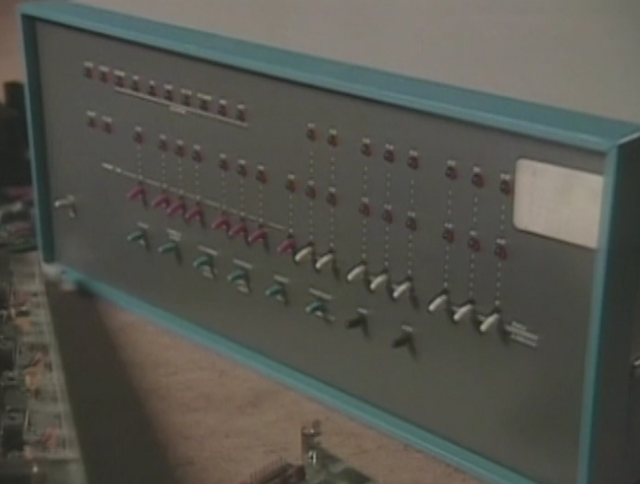
For that reason, we will recap the story through the frame of the three most underappreciated and unknown companies involved, MITS, Zerox(yes, the copier company) and the clone makers.
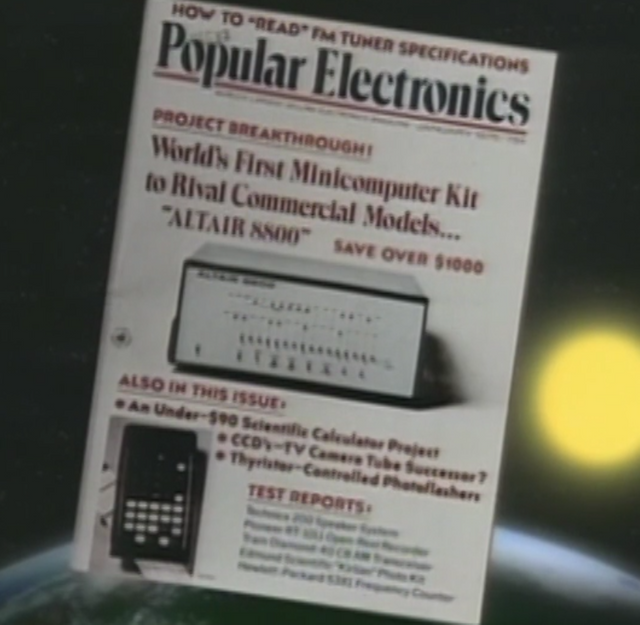
MITS and Zerox? What? What about Paul Allen, Steve Jobs and Steve Wozniak (the Lennon and McCartney of computers), Bill Gates, Steve Ballmer (the Terry Bradshaw of IT), Gordon Moore, Apple, Microsoft (MSFT), IBM, Intel? This is all there for you to watch and enjoy on your own, there is only so much we can cover in this review so our plan of attack is to focus on the lesser known yet amazing story lines.
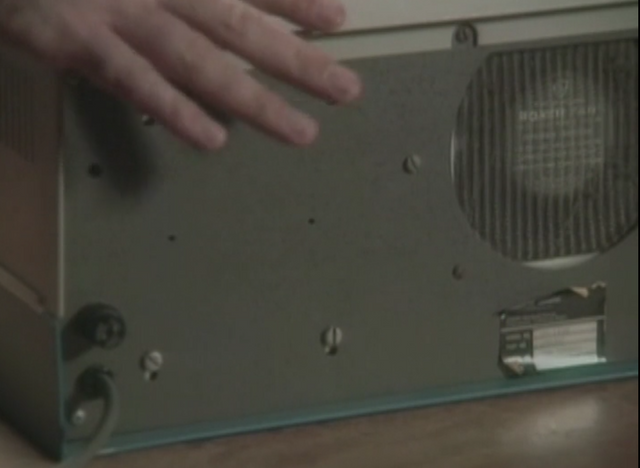
MITS
The computers we have on our desks and carry in our messenger bags, even our cell phones are lightyears beyond what was the lead story of Popular Electronics in 1975. That year the magazine highlighted the Altair 8800, the first home computer. It was created my MITS, a calculator company in Albuquerque, NM on its way to bankruptcy. An ex air force officer Ed Roberts was the owner, he was seeking $65k of funding with the promise MITS could sell 800 units. They ended up selling 250 a day. People camped outside to get their own. Cringley had a model in his garage, the second one ever made. The first was “lost” in the mail. Albuquerque was far from IBM, Intel, or Silicon Valley.
Hitherto computers were run on ticker tapes and took up a whole basement of a company, mainly because the switches were the size of vacuum tubes. Access was very limited and nerds wanted their own machine. Then came the transistor. Then came miniaturization, Intel put 1 million transistors on a processor the size of less than 2 square inches by 1989, a microprocessor. Even they didn’t know the significance, they were thinking traffic lights, calculators etc., not PCs like Ed Roberts. At one point they did have an internal PC division but it fizzled.
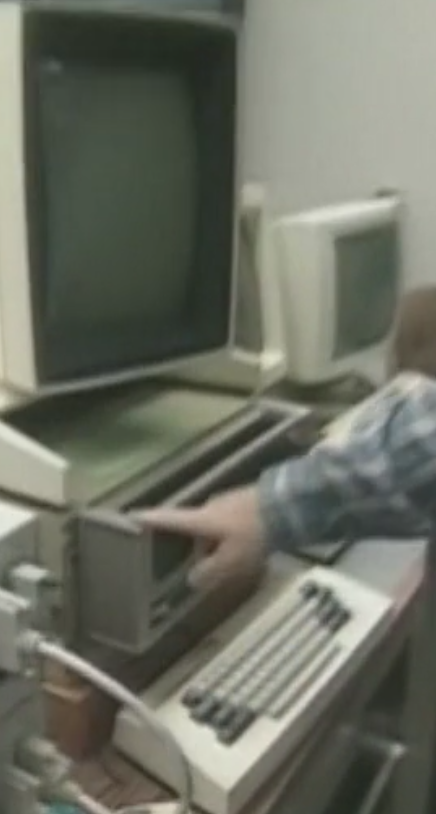
You had to be a hobbyist to buy an Altair 8800. There was no monitor, no keyboard, no mouse, nowhere to plug anything. It was a box with a bunch of switches and red lights. In fact, it was a kit, you had to assemble it yourself. The trick? How do you make this box say 1 + 1 = 2? This was the birth of unwieldy homebrew computer clubs where hobbyists would gather and show off what they could make the box do. IOW, this was also the birth of the software industry. Five years after the Altair the PC market was a $1B industry.
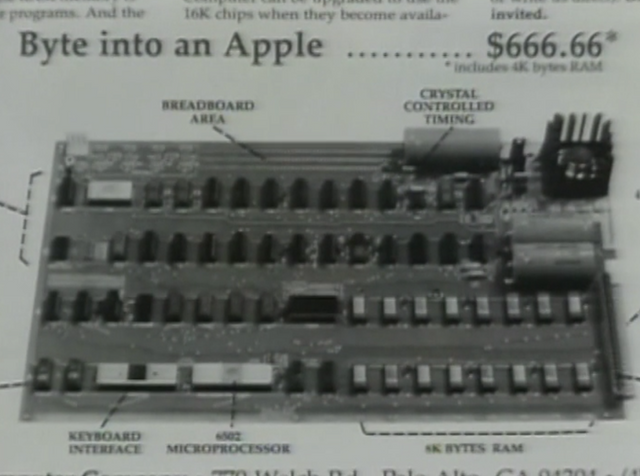
Xerox
What the hell does Xerox have to do with computers? The burgeoning computer industry was quite terrifying to a company dealing with paper. In 1971 they created PARC, the Palo Alto Research Center, as a think tank, complete with bean bags for the best 50 engineers they could find to brainstorm in comfort. Their eventual product was way ahead of its time. In 1973 Xerox had an Alto desktop computer, but it never went for sale. And quite a specimen it was. It had a monitor, vertical, very logical for a company dealing with 8” x 11” sheets of paper, right? Everything you saw on the screen would be printed as is, harder than it sounds. It also had ethernet, over 100 terminals were interconnected for things like electronic mail. It had object-oriented programming. And, it had GUI, Graphical User Interface (click and drag, instead of typing in commands, or flipping switches, or running a paper tape). None of these things existed outside PARC.
“They grabbed defeat from the greatest victory in the computer industry. Xerox could have owned the entire computer industry,” said Steve Jobs. Couple of problems, the final product cost about $10,000 in parts alone, a hefty sum in those days. Also, the copierhead executives on the east coast just didn’t get it, it had no support from upper management. The story ultimately unfolds with Steve Jobs taking a tour of the facility in 1979 and bringing all their ideas back to Apple in the Lisa project. Surprise, the Lisa was also overpriced, but eventually led to the 1984 release of Macintosh. What about Windows you say? Yes, MSFT began their own GUI suite and were even sued by Apple for copying Macintosh’s “look and feel”. Apple lost, Windows took over. Was the fact Apple originally “stole” their stuff from Zerox on the judges’ minds?
Clones
The slow, legacy, stuffy IBM of course saw all this and decided to jump into the PC market. Their PCs were hastily slapped together with over the counter components. By 1983 they overtook Apple. Their language and operating system were attained from MSFT with very little benefit for MSFT. But Gates knew the history of hardware was that of compatible machines, and MSFT retained all rights to sell to anyone.
Enter Compaq. If IBM could slap a PC together over the counter, Why not competitors? The only obstacle was any proprietary tech IBM had for their version. The only thing IBM had protected by an army of lawyers was the ROM BIOS, a chip that connected the hardware to the software. Compaq had to reverse engineer this tech. A detailed list of what it did and how it behaves was laid out by Compaq’s lawyers who then acquired uncontaminated virgin engineers to build something de novo that executed the same function. It took 15 senior engineers and $1m to get their own ROM BIOS going and the clone was a hit; possibly a first-year sales record on a worldwide level. Dell soon followed. Intel won big selling microprocessors to both IBM and their clones.
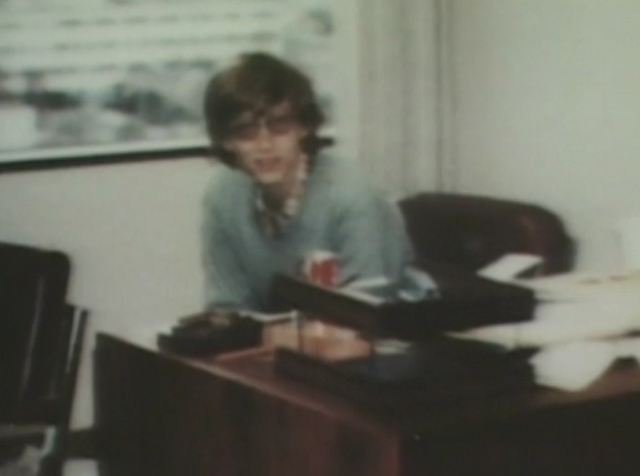
BTW, when IBM came knocking MSFT didn’t quite have an operating system of their own, they bought one for $50k. You have to see this documentary. Eventually IBM tried to insource everything but reached out to MSFT for help. MSFT decided to “ride the bear”. This was hard because in the world of coding faster and condensed was the goal but IBM wanted to gauge value in lines of code. MSFT abandoned IBM’s OS/2 project and went ahead with their Windows line ending a 10-year relationship. As we now know, IBM doesn’t even do hardware anymore, no surprise, something about Lenovo being sold to China. They entered from behind and caught up with some savvy and lots of resources, then lost it all. Goodbye.
Epilogue
While the MITS, Xerox and clone stories ruled the documentary, we want to take note of this early PC culture. The programmer life was young and crude: nerds; couches in cubicles; no 9-5, “any 80 hours a week you prefer”; juggling; no shoes; unicycles; cold pizza; cola; heavy metal and acid rock; body odor; “eating, bathing, a girlfriend, social life, they get in the way of code time, wasteful.”
They enjoyed what they did while making huge sacrifices. Paul Allen interrupted Bill Gates’ card game in Harvard with news of the Altair 8800. They wrote a basic interpreter for the small machine, called up Ed Roberts and Paul flew out to New Mexico while Gates doubled checked everything. On the first run on a tricked-out Altair their language proved functional on the first try and Bill joined Paul in New Mexico to start MSFT. They were coding around the clock in a seedy hotel across the street from MITS surrounded by prostitutes and drug dealers. Bill Gates was 19.
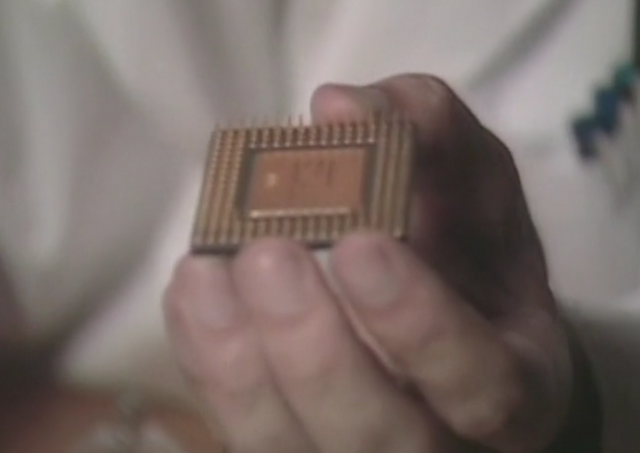
The Apple 1 was basically a circuit board even weaker than the Altair, but Apple sold 50 of them in 1976. Wozniak’s genius was his ability to condense functionality on a board and allowed for the Apple 2 in 1978. He was basically a hobbyist playing around but was great at efficient engineering. With VisiCalc, the first electronic spreadsheet, as its “Killer App” Apple went public in 1980 with 50% of the market. Steve Jobs mentioned he was worth $1m by age 23, $10m by age 24, and $100m by 25.
There was hard work, power plays, lost opportunities, youth, rapid growth, idealism and fun. It was an amazing time in history with many lessons learned. We give this doc 4.4 out of 5 farts. Highly recommended viewing for anyone who uses a computer.
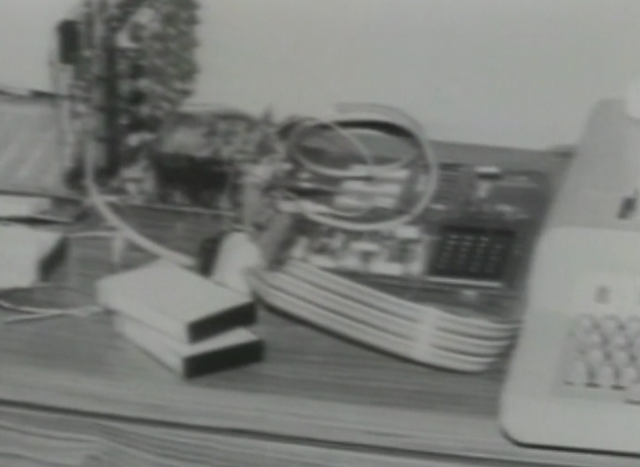
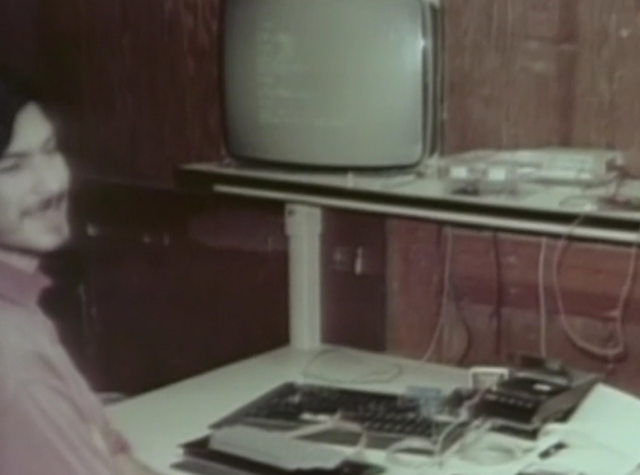
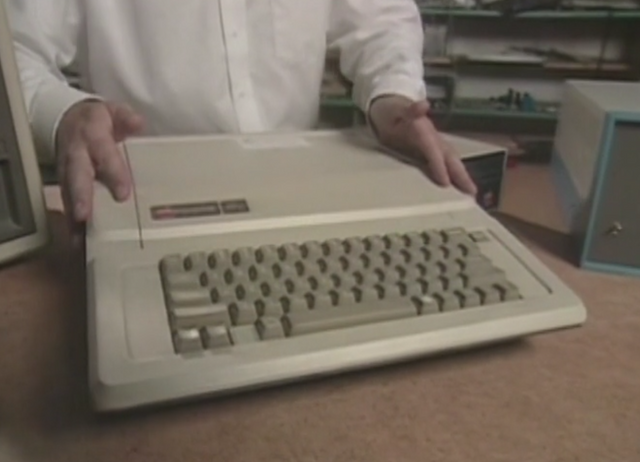
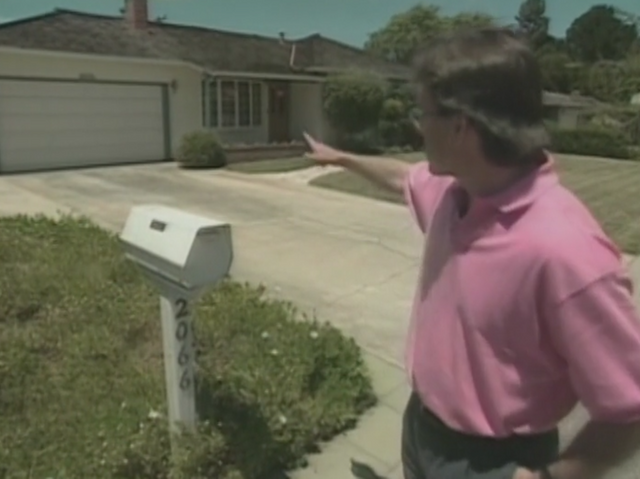
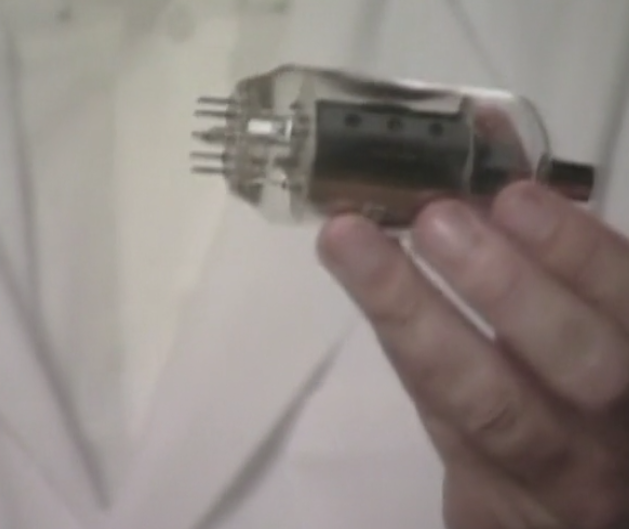
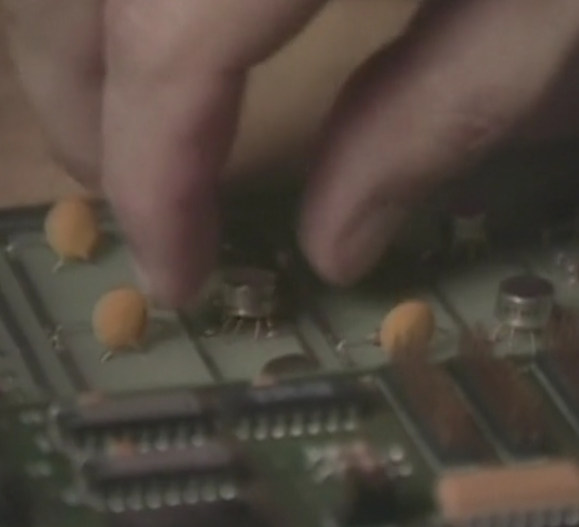
Fascinating post its amazing how it all came about. I remember in 86 ish my old man coming back with a Spectrum I didn't have a clue what it was or a computer either come to that. How things have progressed since then; spending days typing code to draw a tree. Then we got a IBM 286 haha amazing.
Is 'Triumph of the Nerds' the title of the documentary? Im might have a gander 💯🐒
Yes, the documentary is called Triumph of the Nerds, it is on YT for free in low quality, in three parts. It is based on Cringley's book Accidental Empires. What is Spectrum?
Cool i'll look it up, thanks. Spectrum ZX the first games computer https://www.worldofspectrum.org 💯🐒
You just made me realize how Amerocentric this documentary is. Thanks for the knowledge.
Well glad to be of assistance i'm still keen to watch it. The Spectrum was amazing took about 30 minutes to load a games with some really trippy lines flickering over the screen. Still have it in the attic at my parents I think haha 💯🐒